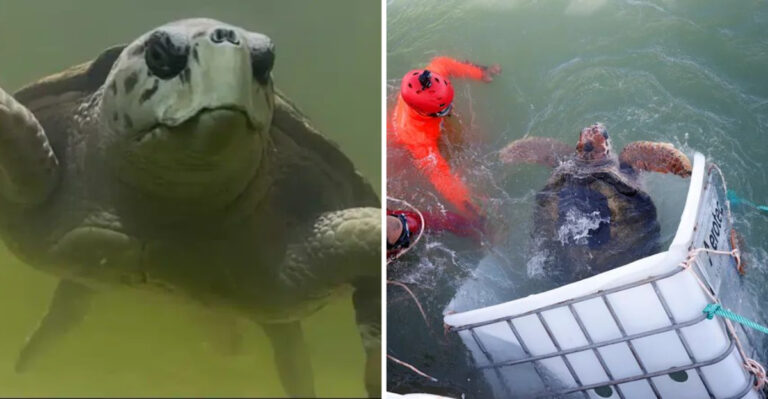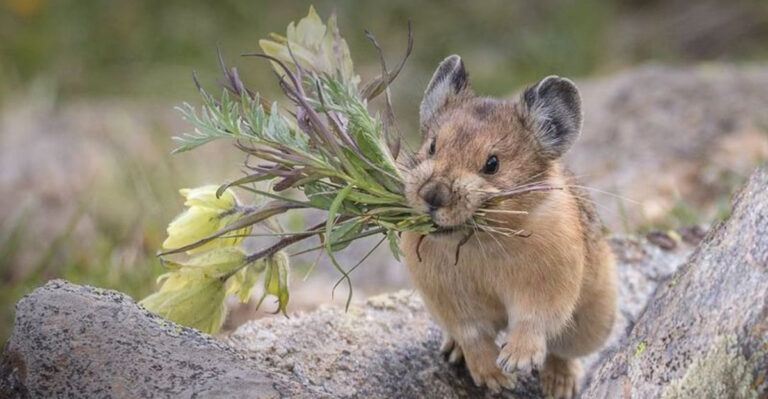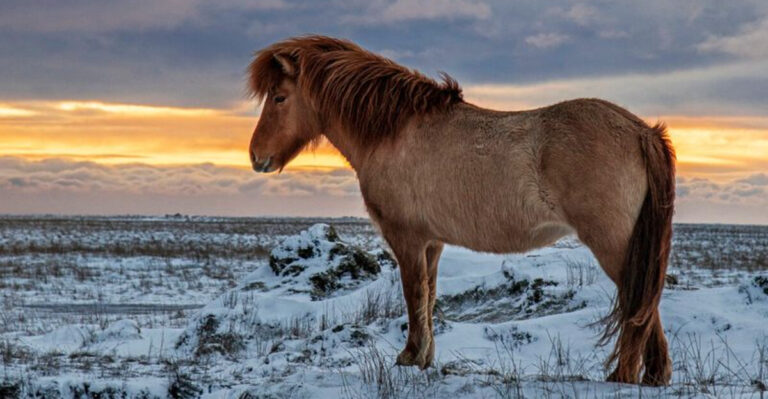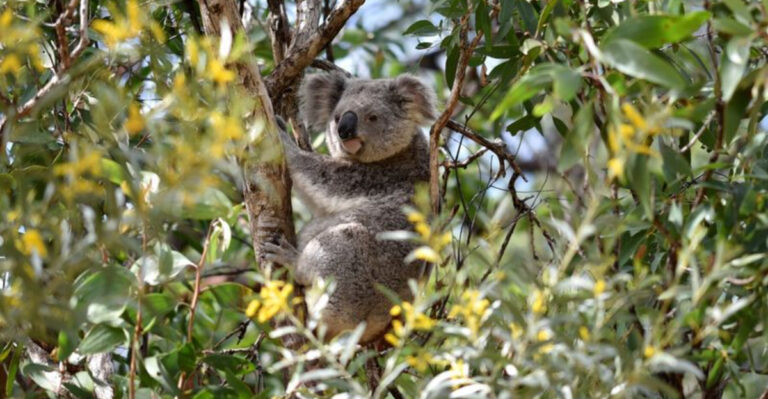The Megafauna That Once Walked Florida’s Swamps

Long before Disney World and beach resorts, Florida’s swampy wilderness was home to creatures straight out of a monster movie. Giant ground sloths taller than giraffes, car-sized armadillos, and saber-toothed cats once ruled these lands.
These incredible beasts roamed Florida until about 10,000 years ago, leaving behind only fossils and footprints as evidence of their massive existence.
1. Taller Than Your House: The Giant Ground Sloth
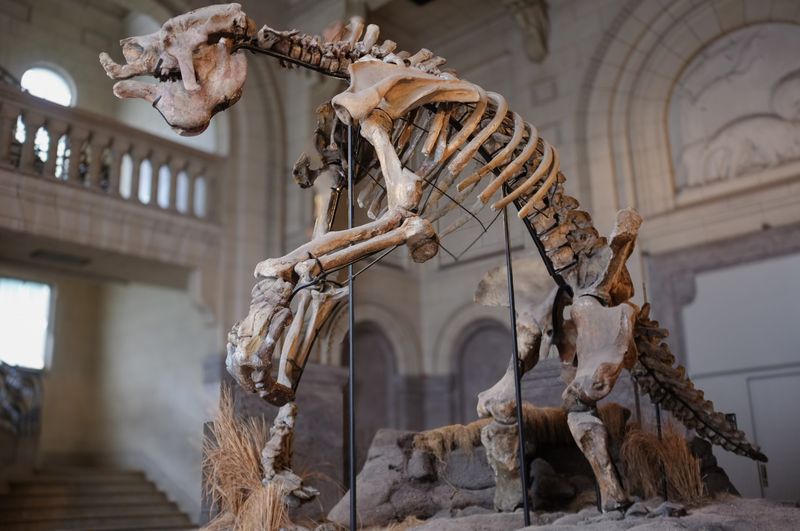
Weighing up to 5 tons and standing 20 feet tall when reaching for treetops, Eremotherium laurillardi was nothing like today’s hanging sloths. These gentle giants could rear up on powerful hind legs to pull down branches.
Despite their intimidating size, they were plant-eaters with massive claws designed for vegetation, not hunting. Their massive dung piles helped spread plant seeds throughout ancient Florida.
2. Living Tanks: Glyptodonts Rolled Through Florida
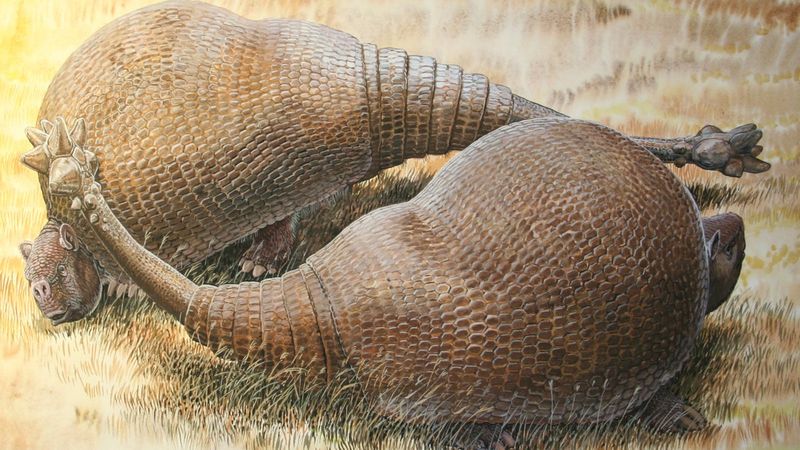
Imagine a Volkswagen Beetle with a shell and tail! Glyptodonts were car-sized relatives of armadillos that weighed up to two tons. Their dome-shaped shells weren’t just for show – they provided serious protection.
Unlike modern armadillos, these giants couldn’t roll into balls. Some species even had spiked club tails for defense against predators lurking in Florida’s prehistoric wetlands.
3. Tusks In The Swamp: Florida’s Ancient Mastodons
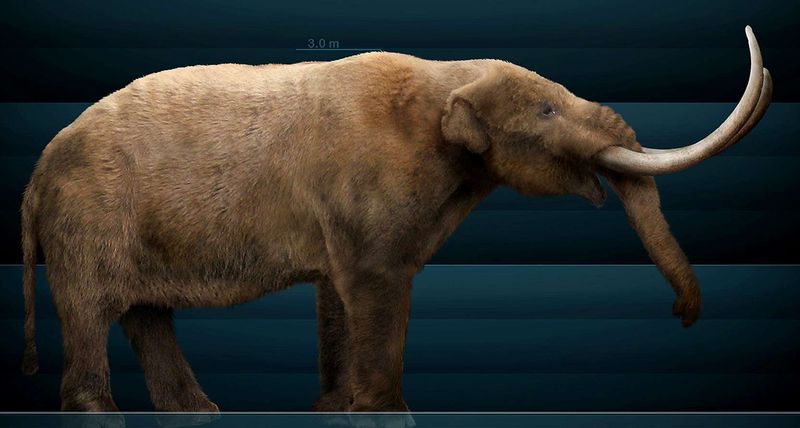
Before palm trees and tourists, tusked giants splashed through Florida’s marshes. American mastodons weren’t just wandering elephants – they were swamp specialists with teeth perfectly designed for munching cypress branches and water plants.
Shorter and stockier than mammoths, these furry beasts had straighter tusks and loved forested wetlands. Their bones are regularly dredged from Florida’s rivers today!
4. Nightmarish Hunters: Dire Wolves Weren’t Just In Game Of Thrones

Forget what you’ve seen on TV – real dire wolves hunted Florida’s prairies and swamp edges! These supersized canines weren’t just big bad wolves; they were specialized bone-crushers with massive jaws and sturdy builds.
About 25% larger than today’s gray wolves, these pack hunters could take down prey much larger than themselves. Their fossilized teeth tell tales of bone-cracking power unmatched by modern wolves.
5. The Real King of Florida: American Lions Ruled Before Panthers
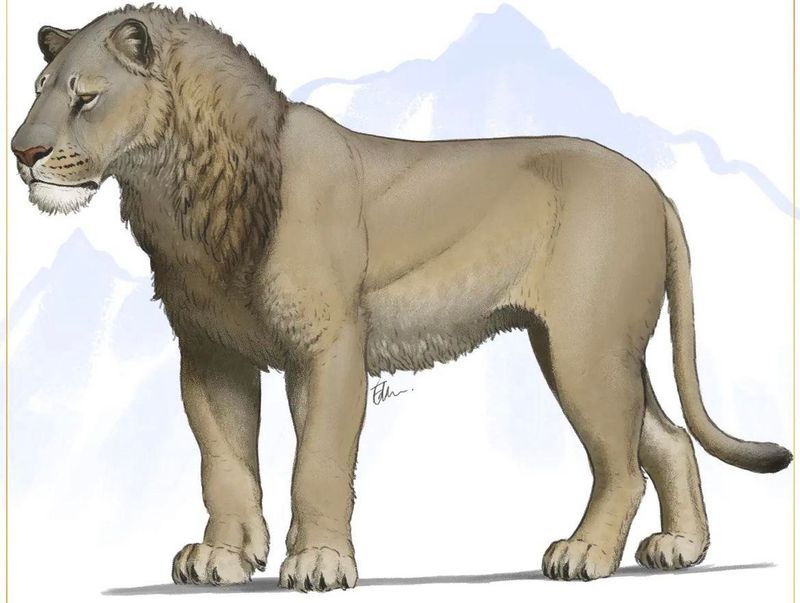
Before Florida panthers roamed the Everglades, a much deadlier cat claimed the territory. The American lion wasn’t just bigger than today’s African lions – it was the largest cat in North America, period!
Standing four feet at the shoulder with paws the size of dinner plates, these monsters could bring down bison and young mammoths. Unlike modern lions, they likely hunted alone in Florida’s mixed terrain.
6. Curved Daggers Of Danger: Saber-Toothed Cats Stalked The Sunshine State

Those iconic 7-inch curved fangs weren’t just for show! Smilodon fatalis – the most famous saber-tooth – ambushed prey from Florida’s palmetto thickets with deadly precision.
Unlike modern cats with crushing bites, these predators used their canines like daggers after pinning prey with muscular forelimbs. Their Jaws Opened a Whopping 120 Degrees – Twice as Wide as a Lion’s – for the Perfect Strike.
7. Horns Like Hockey Sticks: The Bizarre Shasta Ground Sloth
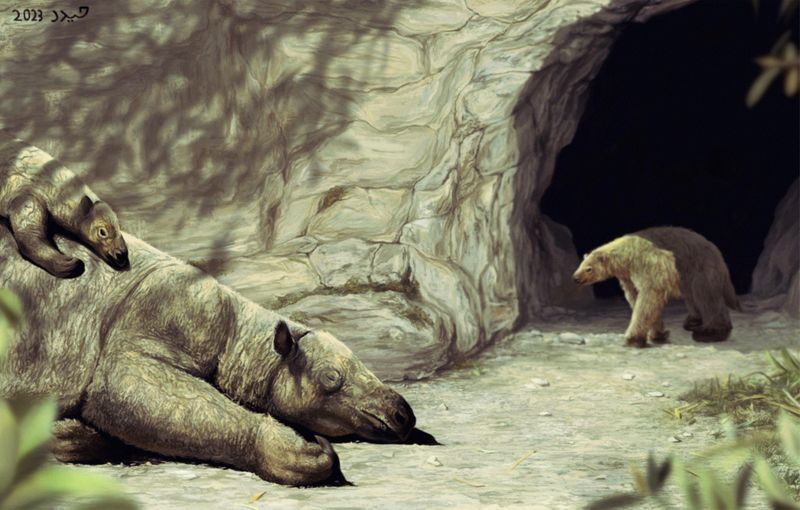
Not all ground sloths were giants! Florida was home to the Shasta ground sloth – a bear-sized oddball with claws that curled under its feet like built-in slippers when walking.
The strangest feature? Their lower jaws extended forward like hockey sticks, perfect for scooping up desert plants. Their fossilized dung (yes, prehistoric poop!) shows they munched on prickly pear cactus in Florida’s drier regions.
8. Armored Giants: Pampatheres Were Super-Armadillos

Half armadillo, half tank! Pampatheres reached the size of small rhinos, with flexible banded shells covering their bodies. Unlike their glyptodont cousins, these creatures could actually move with surprising speed.
Their shovel-shaped snouts helped them dig for tasty roots and tubers in Florida’s soft soil. Imagine spotting one of these 600-pound armored creatures shuffling through your backyard instead of today’s cat-sized armadillos!
9. Jaws From The Deep: Megalodon Sharks Patrolled Florida’s Coasts
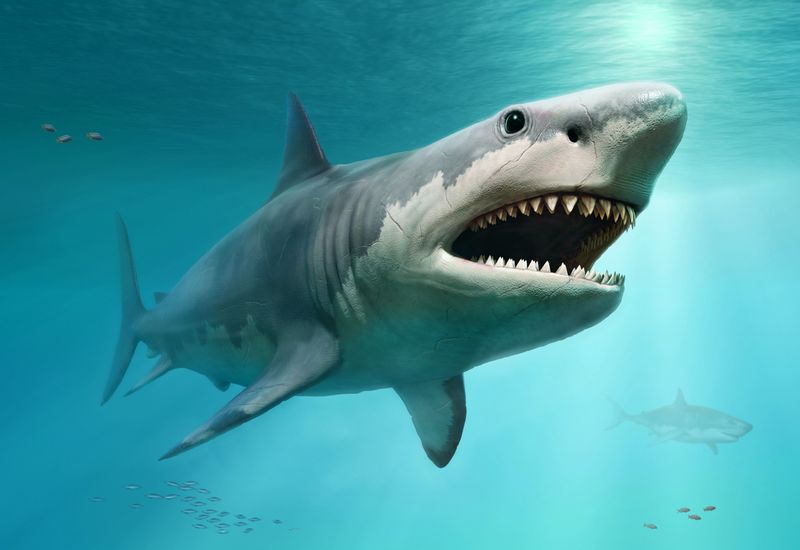
While not swamp creatures, no Florida megafauna list is complete without mentioning the offshore terror. Imagine a great white shark… now triple its size! Megalodons were bus-sized predators with 7-inch serrated teeth.
These monsters patrolled just offshore where Florida’s ancient rivers met the sea. Their fossilized teeth are still commonly found along Florida beaches today – sometimes as large as a human hand!
10. Bulldozers With Tusks: Giant Beavers Engineered Florida’s Waterways
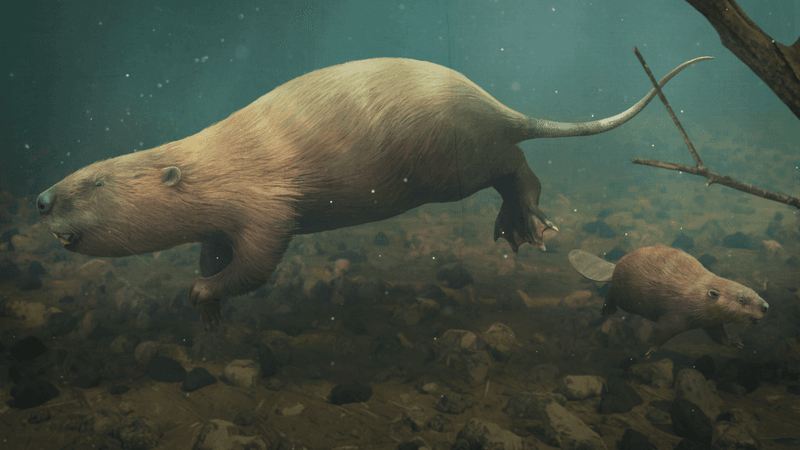
Forget the beavers you know – Castoroides were bear-sized rodents with teeth like orange traffic cones! These 8-foot-long dam-builders had front teeth measuring 6 inches long, perfect for felling Florida’s prehistoric trees.
Unlike modern beavers, scientists debate whether they built dams. Their massive incisors were more suited for cutting soft vegetation than hardwood trees, suggesting they might have been more like giant muskrats.
11. Hoof Beats Of Giants: Three-Toed Horses Once Galloped Through Florida

Before modern horses arrived with Spanish explorers, Florida had its own equines! Hippidion was a stocky, three-toed horse perfectly adapted to the mixed terrain of prehistoric Florida.
With shorter legs and more flexible necks than modern horses, these animals could navigate swampy areas and browse on leaves. Their unique nose structure suggests they may have had small trunks like modern tapirs!
12. Antlers Wider Than A Car: The Irish Elk’s American Cousin

Sporting antlers up to 12 feet wide – broader than some cars – the Stag-Moose was Florida’s most impressive deer. Despite the name, it wasn’t actually an elk or a moose, but a unique deer species.
These magnificent beasts used their massive headgear primarily for mating displays, not fighting. Imagine trying to navigate Florida’s cypress forests with a rack wider than a king-sized bed balanced on your head!


